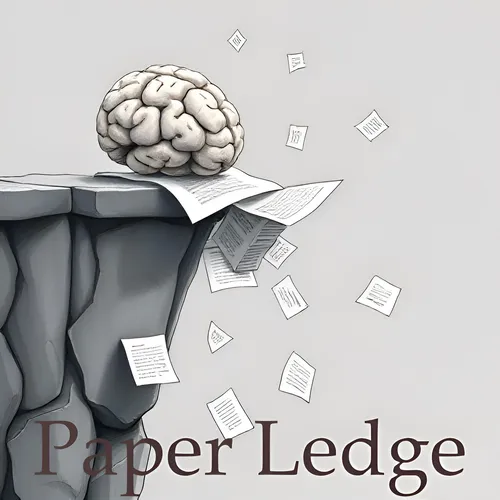Speech & Sound - Leveraging Mamba with Full-Face Vision for Audio-Visual Speech Enhancement
- Author
- ernestasposkus
- Published
- Wed 20 Aug 2025
- Episode Link
- https://www.paperledge.com/e/speech-sound-leveraging-mamba-with-full-face-vision-for-audio-visual-speech-enhancement/
Hey PaperLedge crew, Ernis here, ready to dive into another fascinating piece of research! Today, we’re tackling a paper that aims to solve a problem we’ve all encountered: trying to understand someone in a noisy environment, like a crowded party. Think of it as the ultimate "cocktail party problem" solution!
So, recent advancements have been made using something called Mamba-based models for speech enhancement. Now, don't let the name scare you! Imagine Mamba as a super-efficient detective that's really good at tracking sounds over time. It helps to clean up audio and make speech clearer. One such detective, called Speech Enhancement Mamba (SEMamba), is pretty good, but it struggles when there are multiple people talking at once.
Think of it like this: SEMamba is great at focusing on one person speaking, but when a whole group is chatting, it gets overwhelmed. It's like trying to follow a single conversation when everyone around you is talking at the same time!
That’s where this new paper comes in. The researchers introduce AVSEMamba, which stands for Audio-Visual Speech Enhancement Mamba. This isn't just relying on the audio; it's bringing in visual clues – specifically, full-face video of the person speaking. Imagine you're trying to understand someone at that noisy party. Seeing their face, their lip movements, gives you a HUGE advantage, right? AVSEMamba works on the same principle.
By combining the audio (what we hear) with the visual (what we see), AVSEMamba can better isolate the target speaker's voice, even in really noisy situations. It’s like having a super-powered noise-canceling microphone that also understands lip-reading!
"By leveraging spatiotemporal visual information, AVSEMamba enables more accurate extraction of target speech in challenging conditions."
Now, how well does it actually work? The researchers tested AVSEMamba on a challenging dataset called AVSEC-4. And the results were impressive! It outperformed other similar models in terms of:
- Speech Intelligibility (STOI): How easy it is to understand the words.
- Perceptual Quality (PESQ): How natural and pleasant the enhanced speech sounds.
- Non-Intrusive Quality (UTMOS): A computer's assessment of the quality of the enhanced speech.
In fact, it achieved 1st place on the monaural leaderboard for the AVSEC-4 challenge. That's a pretty big deal!
So, why should you care? Well, this research has potential implications for a wide range of applications:
- Hearing aids: Imagine a hearing aid that can automatically filter out background noise and focus on the person you're talking to.
- Video conferencing: Clearer audio in your Zoom or Teams meetings, even if you’re in a noisy environment.
- Voice assistants: Improved accuracy for voice commands, even in busy households.
- Accessibility: Enhanced communication for individuals with hearing impairments.
This research opens up exciting possibilities for improving communication in a noisy world. It’s a reminder that sometimes, the best solutions involve combining different types of information – in this case, audio and visual cues.
But here are a couple of things I'm wondering about:
- How well does AVSEMamba work in real-world scenarios where lighting conditions might not be ideal, or when the speaker is partially obscured?
- What are the ethical considerations of using video data for speech enhancement, especially in terms of privacy and potential biases?
What do you think, PaperLedge crew? Let me know your thoughts in the comments! Until next time, keep learning!
Credit to Paper authors: Rong Chao, Wenze Ren, You-Jin Li, Kuo-Hsuan Hung, Sung-Feng Huang, Szu-Wei Fu, Wen-Huang Cheng, Yu Tsao
